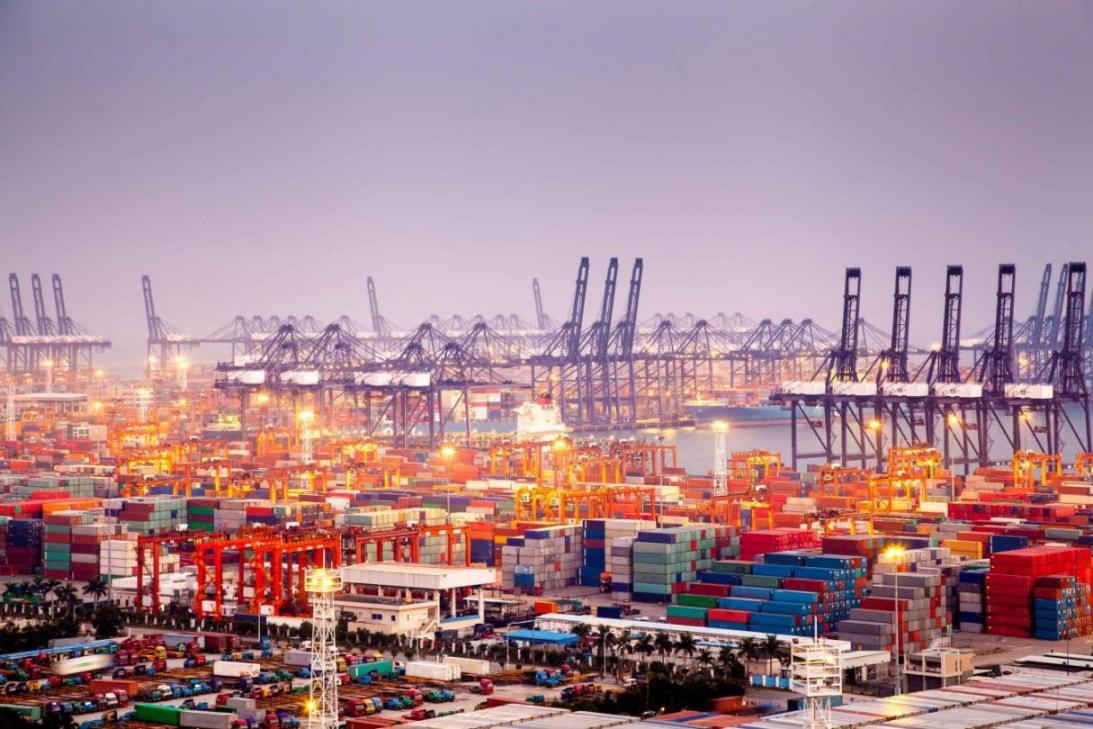Russia is undergoing an exceptionally difficult time as relations between Moscow and the West are at their lowest point since the Cold War era. The combination of western sanctions over the conflict in Ukraine and tumbling oil prices dragged the nation into its first recession in six years.
The recovery is being further complicated as Russian firms face significantly restricted access to international markets. Today, Russia is in the so-called middle-income trap, making it similar to Argentina and Venezuela, The Market Mogul reported.
The country’s heavy dependence on exports has become a problem. While oil sales alone account for almost half of the domestic budget, the remaining half is mostly filled with further commodity exports including gas, copper, nickel and coal. It comes as no surprise that the extraordinary volatility of commodity prices–oil more than halved in the past year–severely wounded the Russian economy and its ruble-dependent companies.
As the ruble dropped 45% against the dollar in 12 months, Russia has been experiencing high inflation, increasing capital outflows and depleting foreign exchange reserves. The Bank of Russia already shaved 6% off its benchmark interest rate since last year’s emergency increase. Amid the incoming rate hike by the US Federal Reserve and the global fallout from China’s slowing growth, Russia’s economy is forecast to shrink by 3.7% in 2015 according to Bloomberg’s latest estimate.
Following two downgrades, Russia currently trades as junk while Credit Default Swap spreads indicate a market sentiment that the country could default.
Yet, President Vladimir Putin’s approval ratings of 83% are (almost) the highest they’ve ever been, proving boosted patriotic sentiment among the population. Moreover, international sanctions rendered Russian companies more attractive to their home market, more competitive and more efficient in terms of infrastructure. Food retailers in particular have been posting significant increases in output and profits.
Wherever oil goes today, that’s where Russia goes. This statement neatly summarizes Russia’s biggest problem: exports alone can no longer ensure stable, sustainable growth for the Russian economy.
“Given the current economic policy mix, the potential growth rates are stuck at 1% to 2% a year in the longer term. This means that the gap between Russia and advanced economies will widen,” warns Mikhail Dmitriyev, former head of Moscow’s Center for Strategic Research.
To solve this problem, the Kremlin should start targeting long-term growth drivers that include traditional sectors such as construction, logistics and transport infrastructure. Russia also needs further advances in “modern business services–that is design, marketing, engineering, IT, legal services, architectural services, financial intermediation and others. These are very varied industries, but they are skill-intensive and highly productive.”
Progress in these sectors could also help reduce Russia’s spatial inefficiency, which is causing an enormous productivity gap between large agglomerations and small towns amid a declining working-age population.


